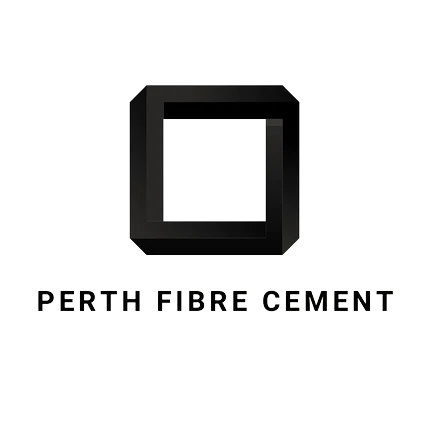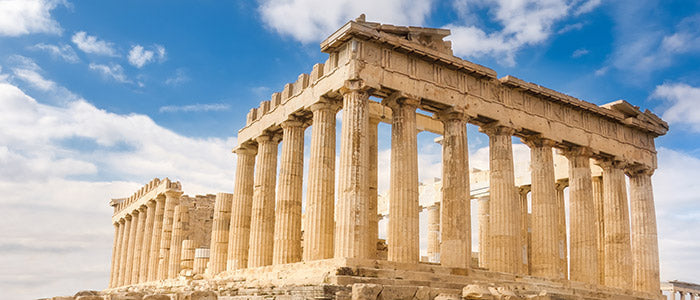Fibre cement, a versatile and durable building material, has a rich history that spans over a century. Its journey from a simple composite to a modern construction staple reflects the ongoing pursuit of innovation and sustainability in the building industry. In this article, we will delve into the history and evolution of fibre cement, tracing its development as a key component of contemporary construction.
The Early Beginnings (Late 19th Century):
The origins of fibre cement can be traced back to the late 19th century when inventors and builders began experimenting with new materials to address the limitations of traditional construction materials like wood and masonry. It was in the 1870s that the first patents for cement-asbestos composites emerged in Europe, marking the inception of fibre cement.
Asbestos Era (Early to Mid-20th Century):
During the early to mid-20th century, asbestos became a primary component in fibre cement. Asbestos-reinforced fibre cement products gained popularity due to their fire resistance and durability. However, concerns about the health risks associated with asbestos exposure led to a shift away from asbestos-containing products.
Transition to Asbestos-Free Fibre Cement (Late 20th Century):
In the latter part of the 20th century, increasing awareness of the health hazards of asbestos led to the development of asbestos-free fibre cement. Manufacturers began using cellulose fibers, sand, and cement as alternatives to asbestos. This transition not only eliminated the health risks but also made fibre cement a more sustainable and environmentally friendly choice.
Modern Advancements (21st Century):
In the 21st century, fibre cement has continued to evolve. Manufacturers like James Hardie and BGC have invested in research and development to improve the material's performance, durability, and sustainability. This has led to the creation of advanced fibre cement products that meet the demands of modern construction while adhering to strict environmental and safety standards.
Key Features of Modern Fibre Cement:
-
Fire Resistance: Modern fibre cement is highly resistant to fire, making it a safe choice for construction in areas prone to wildfires or with stringent fire safety regulations.
-
Durability: Fibre cement is renowned for its durability and ability to withstand harsh weather conditions, pests, and moisture. It has a long lifespan, reducing the need for frequent replacements.
-
Sustainability: The use of sustainable raw materials and environmentally friendly manufacturing processes has positioned modern fibre cement as an eco-conscious choice in construction. It contributes to resource efficiency and reduced carbon emissions.
-
Design Versatility: Contemporary fibre cement products come in a variety of finishes, styles, and colors, allowing architects and builders to achieve a wide range of aesthetic designs. From traditional to modern, fibre cement adapts to diverse architectural styles.
-
Energy Efficiency: When used as cladding, fibre cement can improve a building's energy efficiency by providing insulation and thermal performance benefits.
Conclusion:
The history and evolution of fibre cement tell a compelling story of adaptation and innovation. From its humble beginnings as a composite material to its modern status as a sustainable and versatile building material, fibre cement has come a long way. Its enduring qualities, such as fire resistance, durability, and sustainability, have made it an essential component of contemporary construction. As the construction industry continues to prioritize sustainability and safety, fibre cement is poised to play an even more significant role in shaping the buildings of the future.

